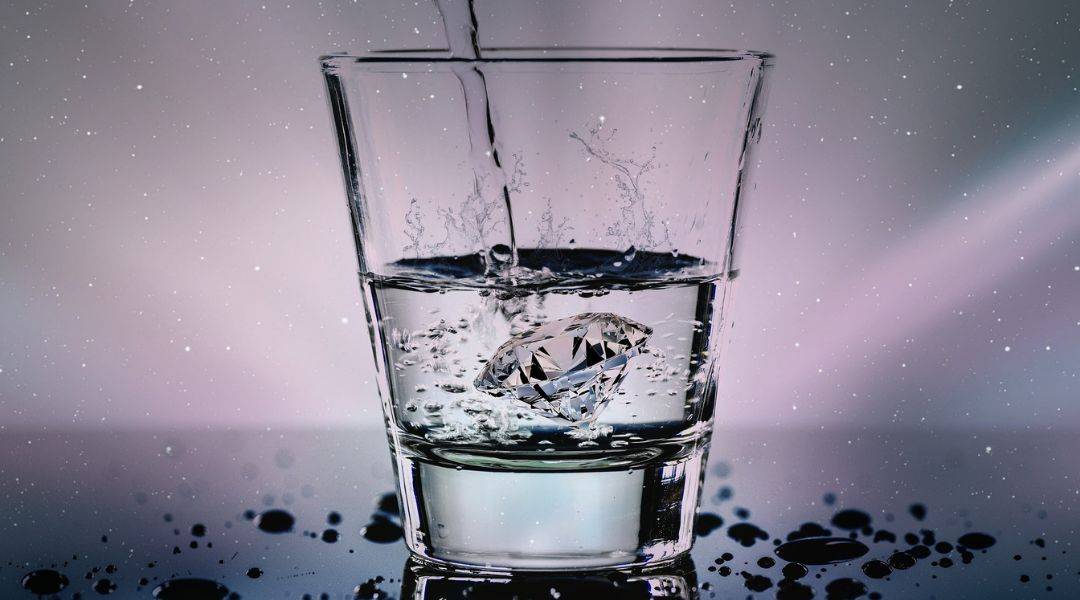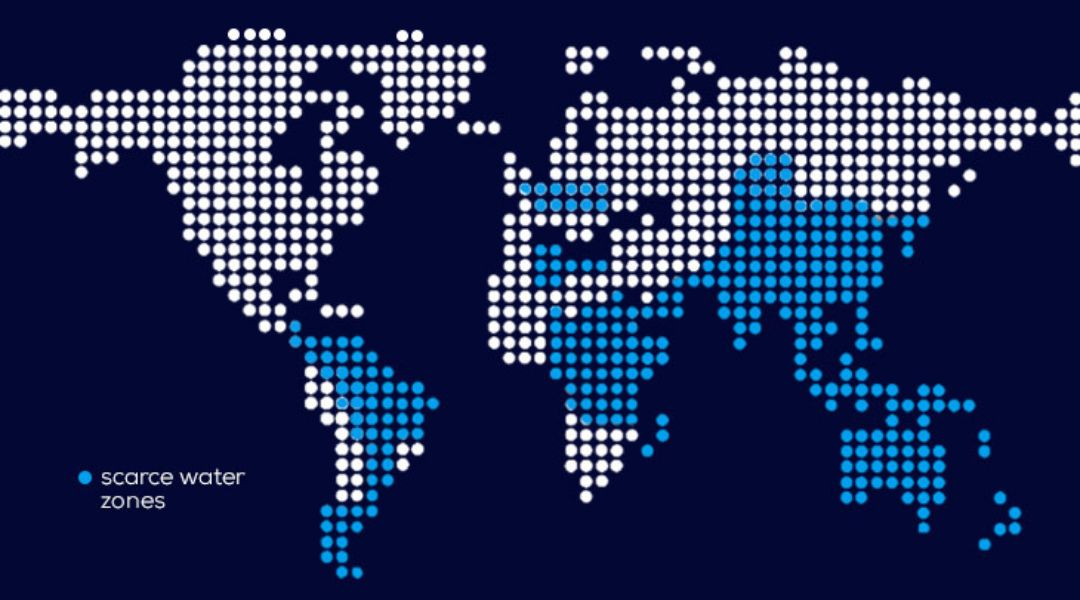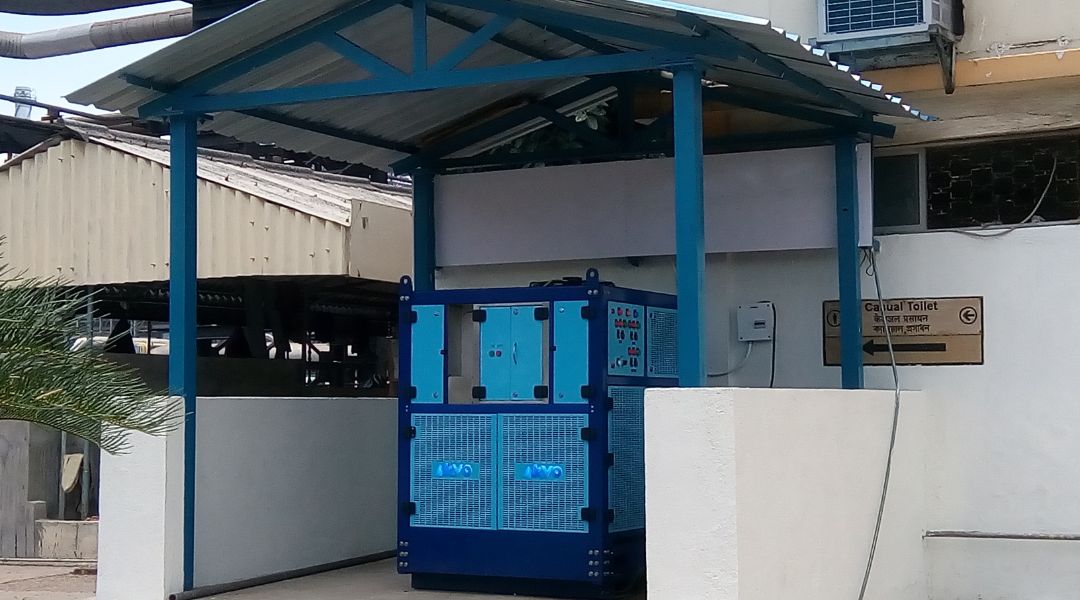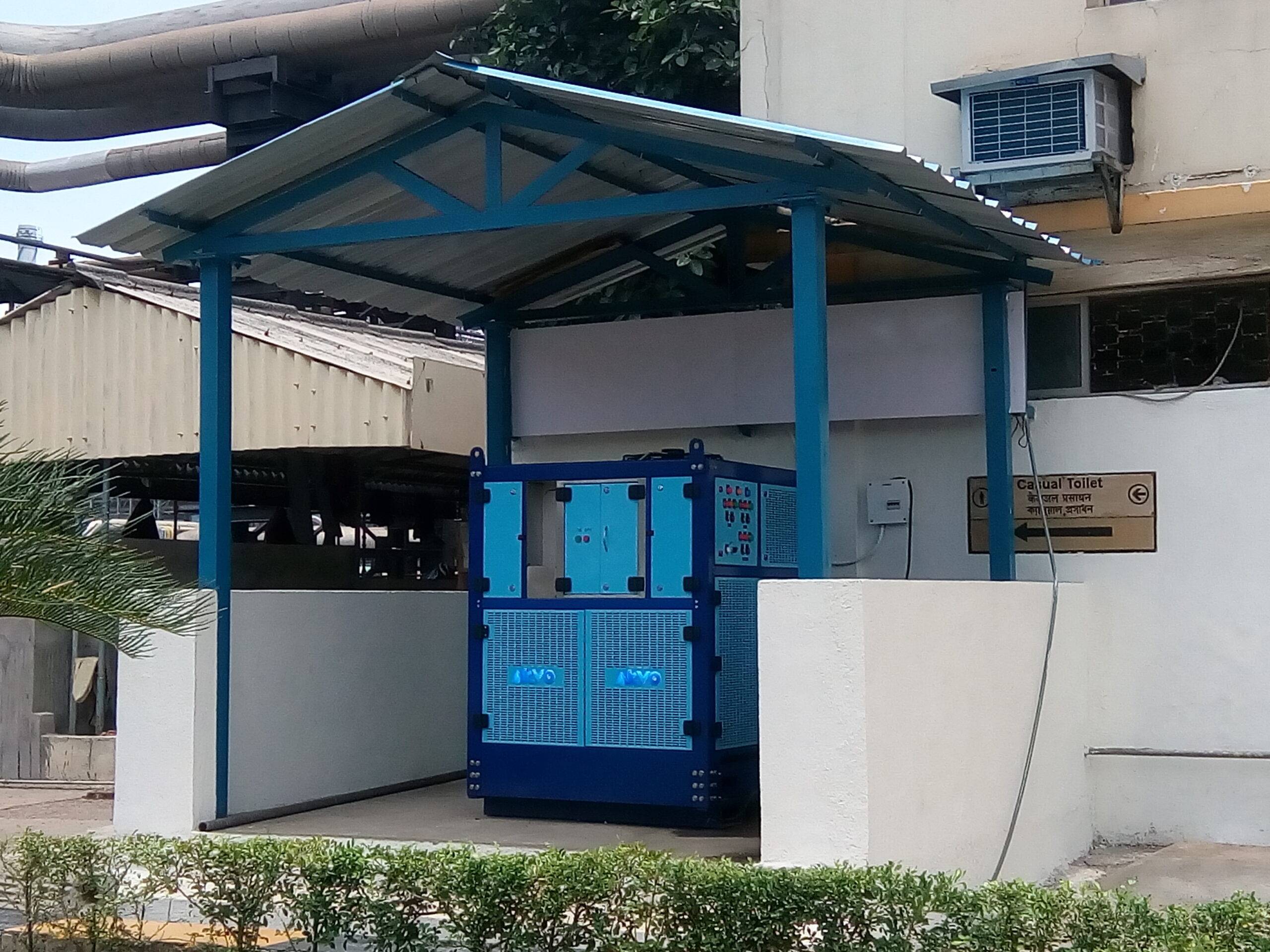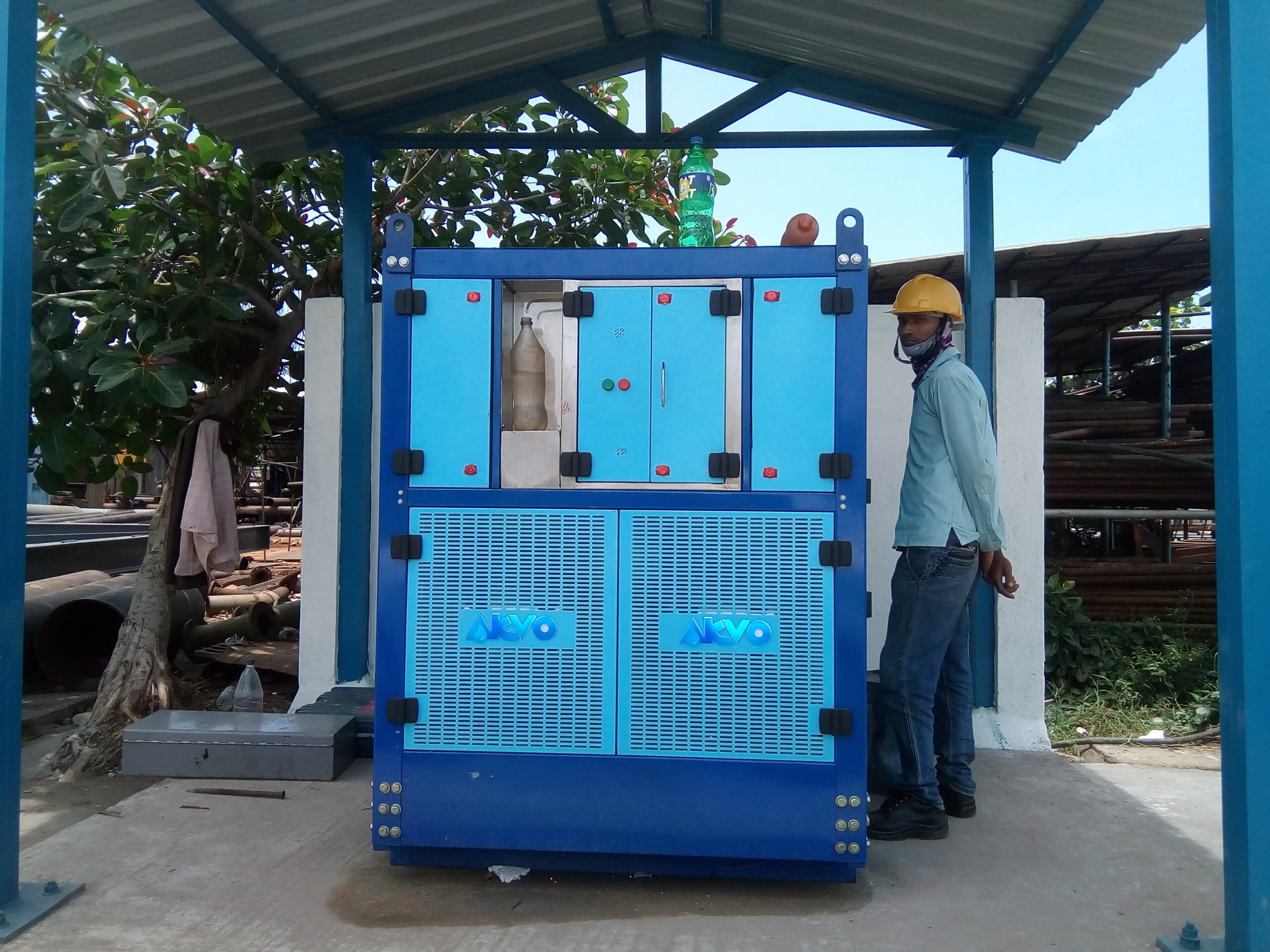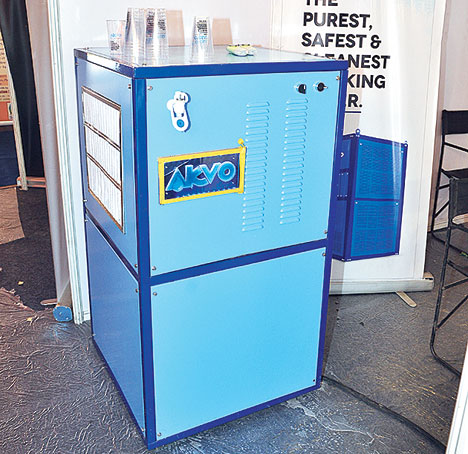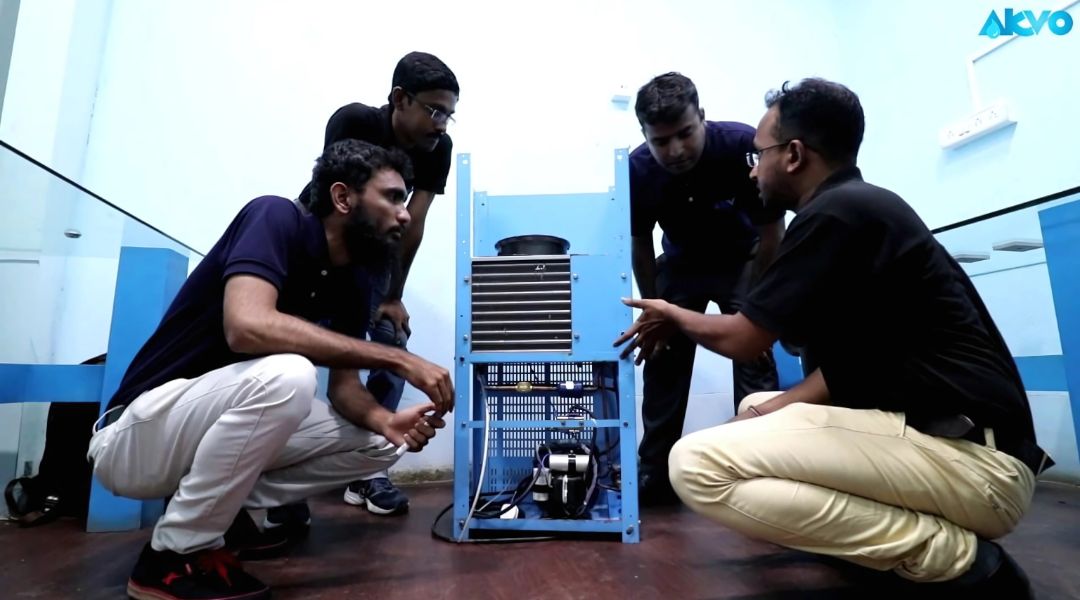Kolkata entrepreneur generates drinking water from moisture
As the country faces a ground water crisis, a Kolkata-based entrepreneur has come out with a solution to generate water by extracting atmospheric moisture and making it usable for drinking purpose.
AKVO, a unit of Trishan Exports, has developed a prototype which is ready with its commercial production, using Atmospheric Water Generator (AWG) technology, with capacity to produce 1000 litre per day pure water. The company is in the process to start production of equipment for domestic use also.
The equipment run on the basic principle of converting atmospheric vapour into liquid form and purify it further so that it can be used for drinking. “It’s like harvesting humidity when it is in the air,” said director of AKVO Navkaran Singh Bagga, who was in the capital recently, while speaking to this newspaper.
The device consists of a system wherein the water extracted from the atmosphere is subjected to four-stage purification. Some minerals are added in the process to make it sweet to drink. So at the end of the process, the final water is completely safe for drinking and is just like an RO water. The USP of the product is that it uses unlimited source of water, which is natural and abundant and that no separate purification is required. Humidity/moisture is present everywhere. If some moisture at a particular place is used for condensation, moisture of surrounding areas fills in at that place after some time. Normally, the humidity is around 80% at a temperature of 28 degree Celsius.
A few hotels and organisations in Kolkata have started using the equipment, which Bagga claims is “fully indigenous”. A 1000 litre capacity equipment costs Rs 9 lakh. Right now, the cost of domestic equipment is coming close to about Rs 1 lakh, which according to Bagga, is too costly for domestic consumers. “We are working out ways to cut the cost so that it can be made available at a reasonable price of Rs 35,000 to Rs 40,000. We hope we will be able to do it very soon,” he said.
Bagga is talking to Indian Railways and municipal corporations across the country for installing this equipment which can solve the drinking water problem to a great extent. For water ATMs, this device can be used instead of RO, he said, adding the most abundant source of fresh water is Earth’s atmosphere which should be tapped for our use.
When asked if separate equipment needed to be manufactured as percentage of humidity varies from place to place, he said: “We are trying to customise the product depending on the humidity of a particular location. For example, it will be easier to extract water in places like Kolkata or Chennai because of the presence of high quantity of moisture in the atmosphere, but it will consume more power in dry places like Rajasthan. We are trying to come out with a solution which can work best in low humidity areas.”
Read the article here: Sunday Guardian Live

